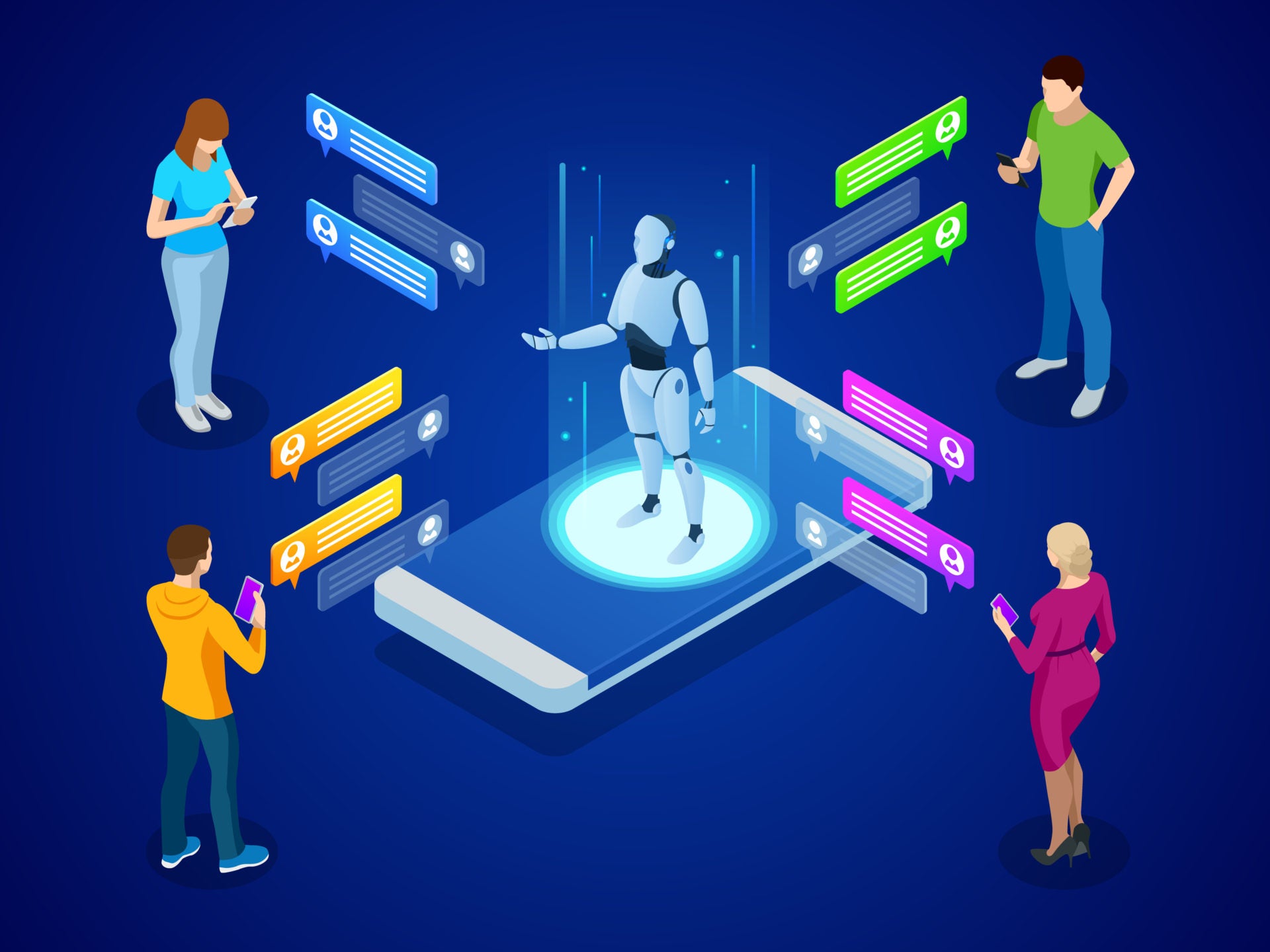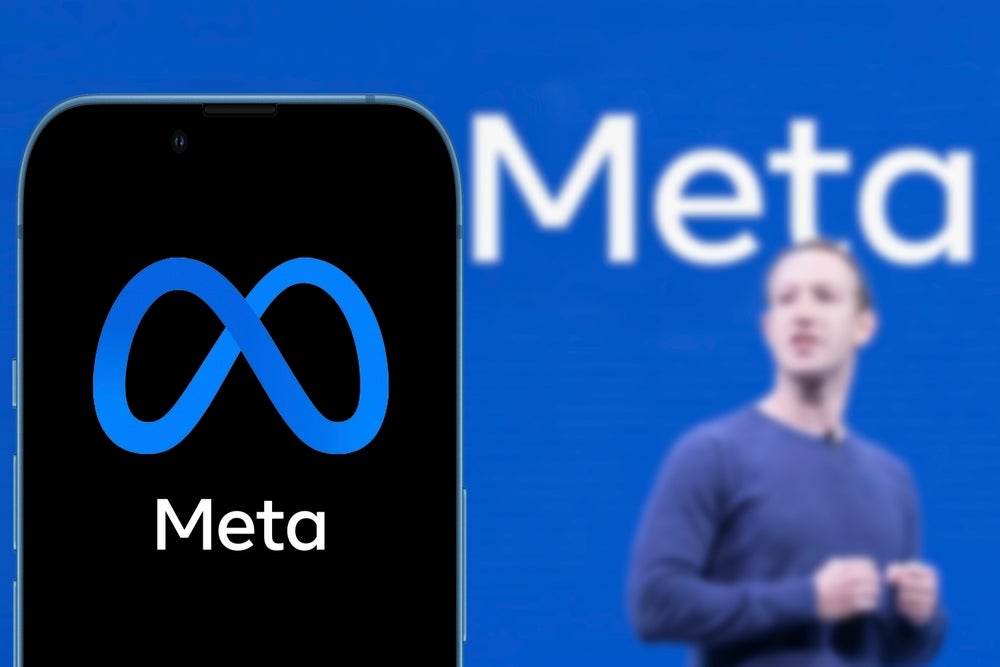
Messaging isn’t just a way to chat with shoppers, it’s a powerful way to engage with them and build relationships. And if you communicate with them in the right way, they can become repeat customers in the digital age, where loyalty is hard to earn and easy to lose.
According to a Facebook-commissioned study by Nielsen, 56% of people surveyed would rather message a business than call customer service, and 67% expect to message businesses even more over the next two years. One way businesses are adding value to their messaging capabilities is through the use of retail chatbots, or what we call automated experiences.

Access deeper industry intelligence
Experience unmatched clarity with a single platform that combines unique data, AI, and human expertise.
It might sound like an extravagant luxury for a cash-strapped company, but we’ve seen brands of all sizes use them successfully to achieve tangible results. Automated experiences can work, but businesses have to make sure they use them appropriately to secure the fastest return on investment.
1. Find the purpose
The best starting point is to identify what business objective you want your bot to achieve. Are you seeking relief for your customer service operation or are you looking to increase sales? Are you looking to promote a specific product?
For instance, a business might want to automate frequently asked questions about opening times so that live agents can add value elsewhere. Or a business may want to help shoppers make the right selection from a wide range of SKUs and bring them further along the purchase funnel. Lego did this well. They developed Ralph the Gift Bot, a friendly helper that provides personalised recommendations and helps shoppers navigate Lego’s immense catalogue of products.
The approach not only helped Lego increase their online sales, but it demonstrated a 3.4X higher return on ad spend to the Messenger experience compared to ads that linked to the LEGO website.

US Tariffs are shifting - will you react or anticipate?
Don’t let policy changes catch you off guard. Stay proactive with real-time data and expert analysis.
By GlobalDataThe purpose of an automated messaging experience will vary from business to business, but the aspect that underpins all solutions should be imperative to optimise the customer experience.
2. Pick up a partner
Once you’ve established your objective, the next step is to think about working with a provider that specialises in developing messaging platforms. These can come in a range of models depending on how hands-on you want to be in the development phase, the services you want to offer to customers, and whether you want to offer support that is unique to your industry.
For instance, a managed services partner can help you to build a bot and then manage the day-to-day logistics of keeping it online and functional. Self-service partners enable brands to build a bot themselves but that doesn’t necessarily mean that you need to be a coding whizz to do so. Many use visual editing or ‘drag and drop’ tools to build the platform.
These developers specialise in certain platforms, so if you want to build an automated experience on Messenger, for example, look to partner with an expert on that specific platform. The responsibility of the brand is, therefore, to think about how they want to strengthen relationships with customers and open up new revenue streams. The nuts and bolts of how that happens can be handled by the experts.
3. Establish your character
We also need to look at how you communicate with your customers in a way that feels appropriate and natural – regardless of whether an automated responder or live agent is taking part in the conversation.
Your automated experience should be an extension of your brand, which means it should carry the ethos and attitude of the way your business communicates elsewhere. That means if your brand is cheeky, your automated experience should be cheeky too. It should also be personable. Give your bot a name that is also in keeping with your brand identity and make sure the language it uses is inviting enough to encourage customers to use it confidently. For instance, the playful language for the Lego automated experience was different to that of KLM, who used their tool to enhance customer service in a way that resonates with their customers.
The content that brands want to share with customers must be personalised to the users’ specific needs. Ditch the ‘spray and pray’ tactics and instead opt to target those who already have an interest in your brand. One way might be to target those who have abandoned their shopping carts or have done background research on your products without converting. Offering the type of communication they require could be the thing that helps them to become more invested in the brand.
4. Monitor, adapt and improve your automated experiences
There’s little point in creating business objectives when introducing automated experiences if you are unable to measure their effectiveness further down the line. The first thing to note is that sales aren’t the only metric you should be tracking here. If you want to create lasting relationships with customers, the goal should be to create a shopping experience they enjoy every time they use it. And of course, the consequential result of this thoughtful, customer-centric approach leads to increased customer loyalty and retention, as well as sales. But, solely counting the number of purchases over a single period isn’t the best way to track this.
It’s key to continually monitor the performance of your automated experience over the quarter, in order to adapt and improve its performance according to what customers want from their interactions with your brand. Customer and agent feedback will be key in evolving your bot to make sure it continues to be a help and not a hindrance to customers.
As automated experiences become more commonplace within retail, a carefully monitored integrated communications campaign will mean your brand will be able to quickly expand and add new features that offer new benefits. In our connected world, the edge goes to those brands which can appeal the fastest and deepest, with the most personalised customer experience.
Read more: Chatbots in retail: nine companies using AI to improve customer experience







